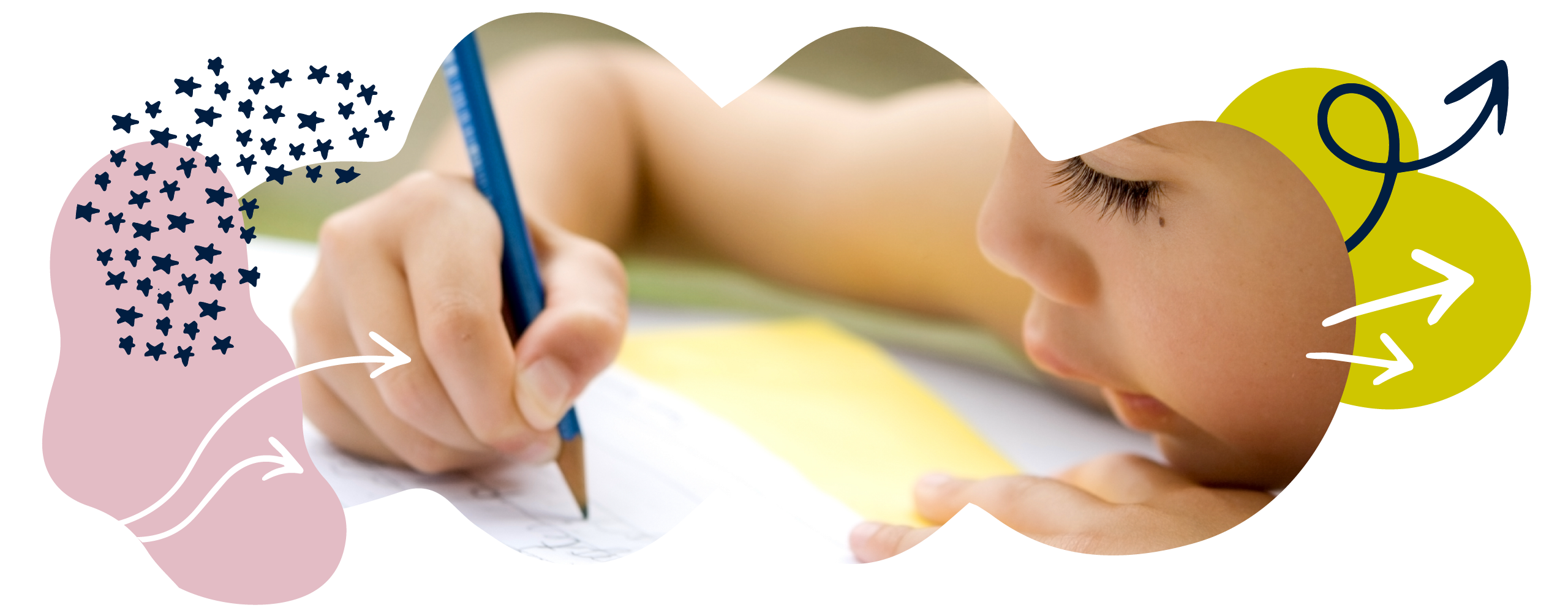

Grammar & punctuation in Year 2 (age 6–7)
In Year 2, your child will use a range of grammar and punctuation in their writing. Your child’s teacher will read samples of their writing to assess their knowledge and understanding. Schools may also use an optional grammar, punctuation and spelling test to check that your child is doing as well as expected.
Read on to discover the National Curriculum expectations for grammar and punctuation in Year 2, and to find out how you can support your child at home.
What your child will learn
Take a look at the National Curriculum expectations for grammar and punctuation in Year 2 (age 6–7):
Using capital letters, full stops, question marks and exclamation marks
Capital letters are used at the beginning of sentences and at the beginning of proper nouns (proper nouns are names, like ‘Anne’ or ‘Scotland’).
Sentences end with different punctuation marks depending on their meaning. A full stop is used at the end of a statement, a question mark is used at the end of a question, and an exclamation mark is used an the end of an exclamation to show emphasis, humour or strong emotion.
Joining clauses using a range of conjunctions
A conjunction is a word that links two words or phrases together, such as ‘and’, ‘but’, and ‘because’. In Year 2, your child might use these words to make longer sentences, such as ‘James bought a bat and ball’ or ‘Joe can’t practise kicking because he is injured’.
Your child will learn how to use different conjunctions to express different meanings. For example, ‘Tom brought his boots and so did Ali’ compared to ‘Tom brought his boots but Ali forgot’.
Knowing the four types of sentence: statements, questions, exclamations and commands
There are four types of sentence: statements, questions, commands and exclamations. Each is structured differently and serves a different purpose.
A statement shares (or declares) information or an opinion. Statements tell you about something: ‘Kate was running late.’
A question is a sentence that seeks information. We generally ask questions to find something out: ‘Why are you late, Kate?’ Questions are punctuated with a question mark at the end of the sentence.
An exclamation expresses how strongly we feel about something. We might be showing horror, astonishment, surprise, sadness or joy. In English grammar, an exclamation usually begins with the words ‘what’ or ‘how’: ‘What a fun sentence!’
A command is sometimes called a directive. They tell the reader to do something, often giving orders or instructions: ‘Hurry up and sit down, Kate.’
Using the present tense and past tense correctly and consistently
The tense we write or speak in tells us when something took place. In English, the verbs in a sentence change form to show when something happened. For example, ‘The dog ran across the field’ is in the past tense of ‘The dog runs across the field’.
In Year 2, your child should be aiming to write in the present or past tense consistently. This means writing in the same tense across an entire piece of writing, not changing from one to the other.
Using the progressive form of verbs in the present and past tense
The progressive form (sometimes known as the ‘continuous form’) of a verb is used to show that an event is happening now and that it is ongoing.
The progressive form of a verb is made by combining the present tense form of a verb (for example, ‘singing’) with a form of the word be (often ‘was’ or ‘were’). For example, ‘he was singing’ or ‘the class were singing’.
Using suffixes such as –ness or –er to form nouns
Nouns are often called ‘naming words’. At their simplest level, nouns are the words used to name people, places and things. For example, ‘teacher’, ‘France’, and ‘apple’ are all nouns.
A suffix is a group of letters that can be added to the end of a word to alter the meaning. Here, the suffix is used to change a word into a noun. For example, ‘happy’ (an adjective) might change to ‘happiness’ (a noun), and ‘run’ (a verb) might change to ‘runner’ (a noun).
Using expanded noun phrases
Sometimes more than one word does the job of a noun. This is called a noun phrase. The simplest example of a noun phrase is where a determiner tells us which noun we are referring to or how many or much there is. For example, ‘that parcel’, ‘three cows’, or ‘some porridge’.
Using suffixes such as –ful or –less to form adjectives
Adjectives are often called ‘describing words’. At their simplest level, adjectives are the words that are used to describe a noun, giving more details about it. For example, ‘The pot is big ‘.
A suffix is a group of letters that can be added to the end of a word to alter the meaning. Here, the suffix is used to change a word into an adjective. For example, ‘beauty’ (a noun) might change to ‘beautiful’ (an adjective) or ‘help’ (a noun) might change to ‘helpless’ (an adjective).
Using the suffixes –er or –est in adjectives and –ly to turn adjectives into adverbs
A suffix is a group of letters that can be added to the end of a word to alter the meaning. The suffix –er at the end of an adjective shows the word is being used to compare two things: ‘the second bird was bigger ‘ or ‘his voice was louder than Sam’s’. This is called a comparative adjective
The suffix –est at the end of an adjective shows the word is being used to compare more than two things: ‘it was the biggest sandwich he had ever seen’ or ‘her voice was the loudest in the school’. This is called a superlative adjective.
Using commas to separate items in a list
Where there are more than two items in a list, the different items should be separated by a comma . For example, ‘He bought bread , butter , jam and milk.’
Using apostrophes to mark where letters are missing and to mark singular possession
There are two main purposes for using apostrophes .
The first is showing the place of missing letters. For example, the apostrophe in ‘I ’ m’ replaces the ‘a’ in ‘I am’ and the apostrophe in ‘shouldn ’ t’ replaces the ‘o’ in ‘should not’.
The second purpose is to show possession, meaning who or what something belongs to. For example, ‘Paul ’ s bike’ or ‘the girl ’ s voice’.
How to help at home
There are lots of ways you can help your Year 2 child with grammar and punctuation. Here are our top ideas.
1. Read to your child
Your child will learn about how language works by speaking and listening, but the type of language we use in writing is often different from that used in speech. Reading regularly to your child therefore helps them develop vocabulary and understanding far beyond what they could pick up just from spoken language. Longer chapter books they might not be able to read themselves yet are especially good for stretching their learning.
You can find lots of free reads for your child on the Oxford Owl eBook library .
2. Encourage reading
Making time to hear your child read isn’t just good for their reading. By frequently seeing words in print, they will have the opportunity to see how the punctuation and grammar are used to share meaning.
When you read, occasionally look at the punctuation and talk about what it is telling the reader to do. For example, you could show your child how a question mark tells you to raise your voice at the end of the sentence to indicate a question being asked.
Try exploring how you can show the ‘feeling’ behind an exclamation mark. Are the characters shouting? Has something unexpected happened? Has something gone wrong?
3. Give your child opportunities to write
Writing for a real purpose can be a great way to practise using grammar and punctuation. Writing cards, shopping lists, or letters and emails to relatives can all be motivating, real-life reasons to write. Your child might enjoy keeping a diary or writing short stories based on books they have read or toys they like playing with.
4. Help your child learn key grammatical ideas
Activity sheets and books can help your child get to grips with particular points of grammar and punctuation. Take a look at our grammar activity books for some practical ideas.

5. Play games
Video playlist: how can i help my child with spag.
Charlotte Raby offers her expert advice for helping your child develop their grammar, punctuation, and spelling skills at home.
- Age 5–6 (Year 1)
- Age 6–7 (Year 2)
- Age 7–8 (Year 3)
- Age 8–9 (Year 4)
- Age 9–10 (Year 5)
- Age 10–11 (Year 6)
- Year 1 (age 5–6)
- Year 2 (age 6–7)
- Year 3 (age 7–8)
- Year 4 (age 8–9)
- Year 5 (age 9–10)
- Year 6 (age 10–11)
- Grammar glossary
- Grammar books
Free Printable Punctuation Worksheets for 2nd Year
Punctuation is essential in Reading & Writing! Discover a collection of free printable worksheets for Year 2 students, designed to help teachers effectively teach punctuation skills.

Recommended Topics for you
- Possessive Pronouns
- Apostrophes
- Ending Punctuation
- Contractions

Explore Punctuation Worksheets by Grades
- kindergarten
Explore Punctuation Worksheets for year 2 by Topic
Explore other subject worksheets for year 2.
- Social studies
- Social emotional
- Foreign language
- Reading & Writing
Explore printable Punctuation worksheets for 2nd Year
Punctuation worksheets for Year 2 are an essential tool for teachers who want to help their students improve their reading, writing, and grammar skills. These worksheets focus on teaching young learners the correct usage of punctuation marks, such as commas, periods, and question marks, which are crucial for developing a strong foundation in grammar and mechanics. By incorporating these worksheets into their lesson plans, teachers can ensure that their students have a thorough understanding of punctuation rules and are able to apply them effectively in their reading and writing activities. Furthermore, these Year 2 punctuation worksheets can be easily adapted to suit the individual needs of each student, making them an invaluable resource for educators who are committed to providing a comprehensive and engaging learning experience for their pupils.
Quizizz is an innovative platform that offers a wide range of educational resources, including punctuation worksheets for Year 2, to help teachers create engaging and interactive learning experiences for their students. In addition to worksheets, Quizizz also provides teachers with access to a vast library of quizzes, games, and other activities that can be easily integrated into their lesson plans to reinforce key concepts in reading, writing, grammar, and mechanics. By utilizing Quizizz's extensive collection of resources, teachers can create a dynamic and stimulating learning environment that caters to the diverse needs and abilities of their Year 2 students. Moreover, Quizizz's user-friendly interface and customizable features make it an ideal tool for educators who are looking to enhance their teaching strategies and provide their students with the best possible support in their academic journey.
- International
- Education Jobs
- Schools directory
- Resources Education Jobs Schools directory News Search

SPAG (Spelling, Punctuation and Grammar) Year 2
Subject: English
Age range: 5-7
Resource type: Worksheet/Activity
Last updated
21 June 2020
- Share through email
- Share through twitter
- Share through linkedin
- Share through facebook
- Share through pinterest

Creative Commons "Sharealike"
Your rating is required to reflect your happiness.
It's good to leave some feedback.
Something went wrong, please try again later.
Ernestine85-
Fantastic resource
Empty reply does not make any sense for the end user
rubyduffieldharding
great resource!
A well-written test - I'll use it as a teaching exercise with my tutee.
Report this resource to let us know if it violates our terms and conditions. Our customer service team will review your report and will be in touch.
Not quite what you were looking for? Search by keyword to find the right resource:

Year 2 Punctuation
Discover year 2 punctuation standards.
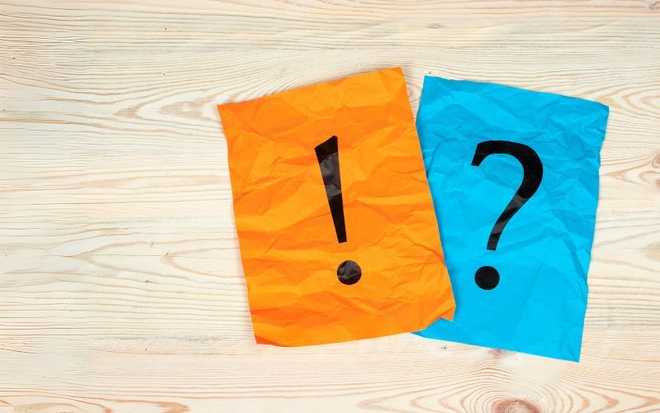
Now that your child has reached Year 2, they'll be expected to use basic punctuation accurately within the stories and reports they write. They will also begin to experiment with new forms of punctuation as the complexity of their writing increases.
Keep reading to understand these new principles, and for expert guidance on how to help your child develop the punctuation skills they need in Year 2!
Punctuation is the name for the marks we use to make our writing clear. They're typically used to show a reader when a sentence has come to an end. In Year 2, children will typically have a good understanding of how to use these basic punctuation marks:
- Periods ( . ): for statements
- Question Marks ( ? ): for questions
- Exclamations Points ( ! ): to show strong feeling
The comma is a punctuation mark that we use to separate numbers and words. Children learn about the most basic use of the comma in Year 1 . Children in Year 2 will also learn that commas are important when writing a letter. Your child will need to practise using a comma in the date , the greeting , and the closing of each letter that they write.
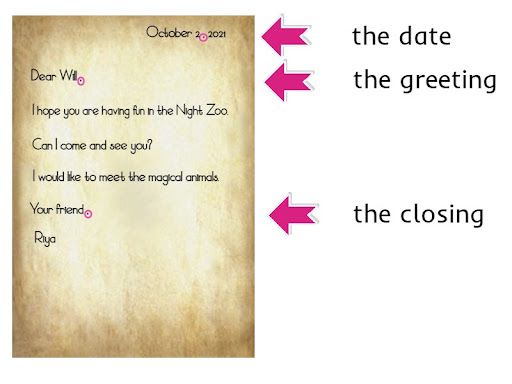
Practice Tip
Sam's Story Writing is a great lesson series for your child to develop their knowledge of how to correctly use commas. This lesson series is available now on Night Zookeeper !
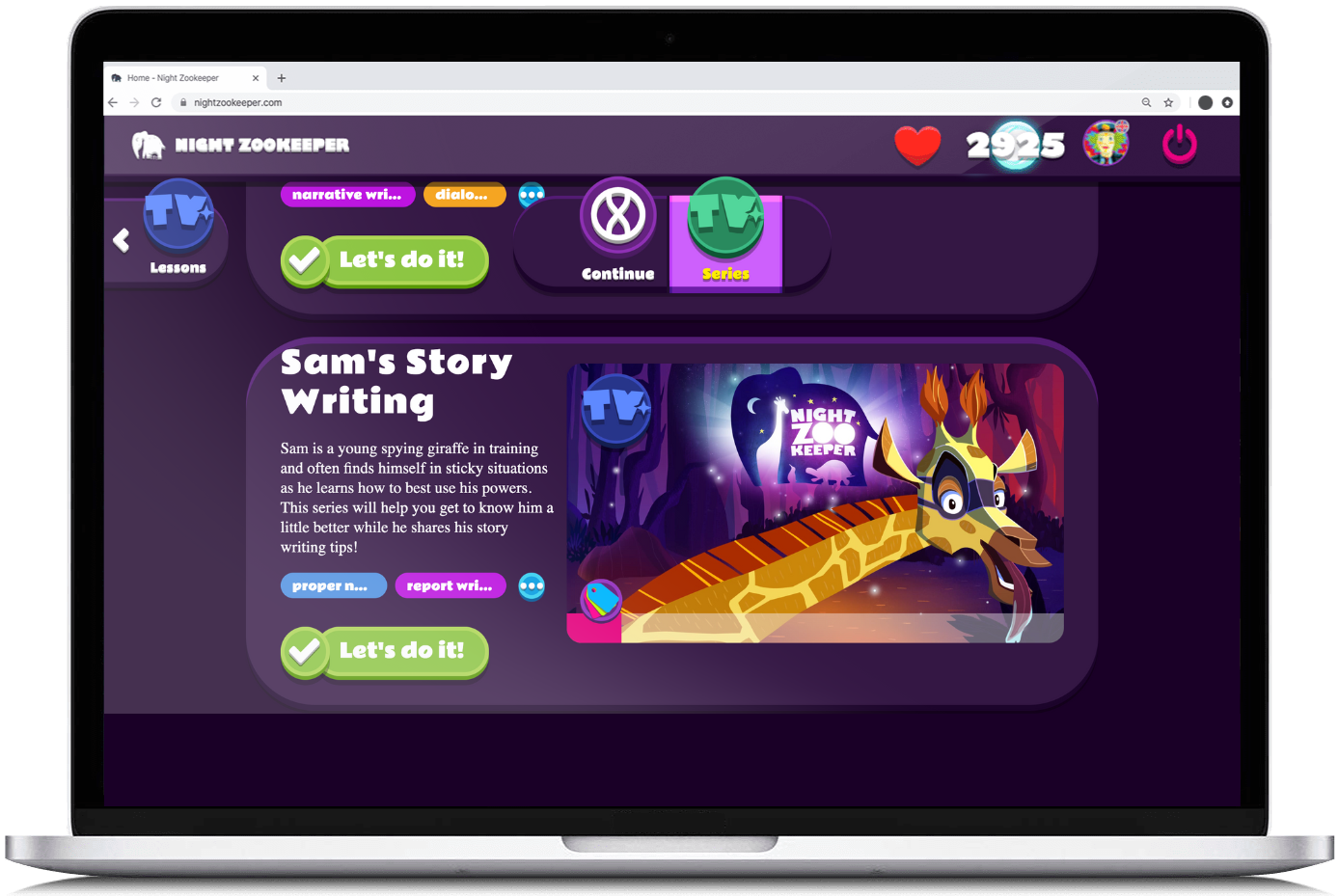
Apostrophes (')
The apostrophe is a punctuation mark that shows us when a letter is missing from a word or when something belongs to someone . Your child will begin experimenting with apostrophes at this point in their primary education journey.
Contractions
Look at how the ant in the pictures below is using an apostrophe in the word " doesn’t" .
Sometimes we shorten the phrase " does not " to " doesn’t"" . We join the words "does" and " not" together. Then we take out the letter "o" from " not " and replace it with an apostrophe . This is called a contraction .
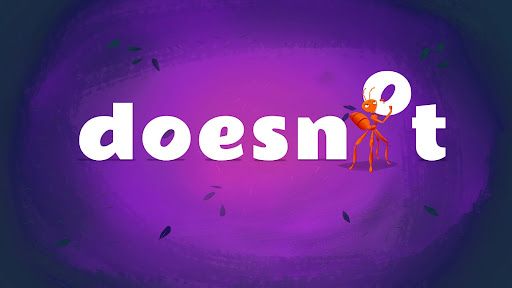
Here are some other contractions we use all the time! The apostrophe shows where letters are missing when we combine and shorten words.
- You are ⇨ You’re
- Have not ⇨ Haven’t
Create a pile of letters and apostrophes made from card. Ask your child to arrange these letters to make as many accurate contractions as possible. The below image shows you an example of this activity that your child can play on Night Zookeeper .

Possessives
We can also use apostrophes to show belonging . To possess something is to have it, which is why we call words that use apostrophes for belonging, possessives .
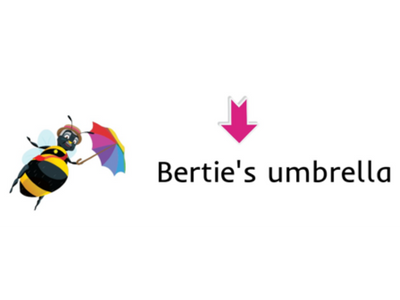
The apostrophe in Bertie’s name tells us that the umbrella belongs to Bertie!
Practise this new skill by writing sentences using target possessive vocabulary as the example below shows.
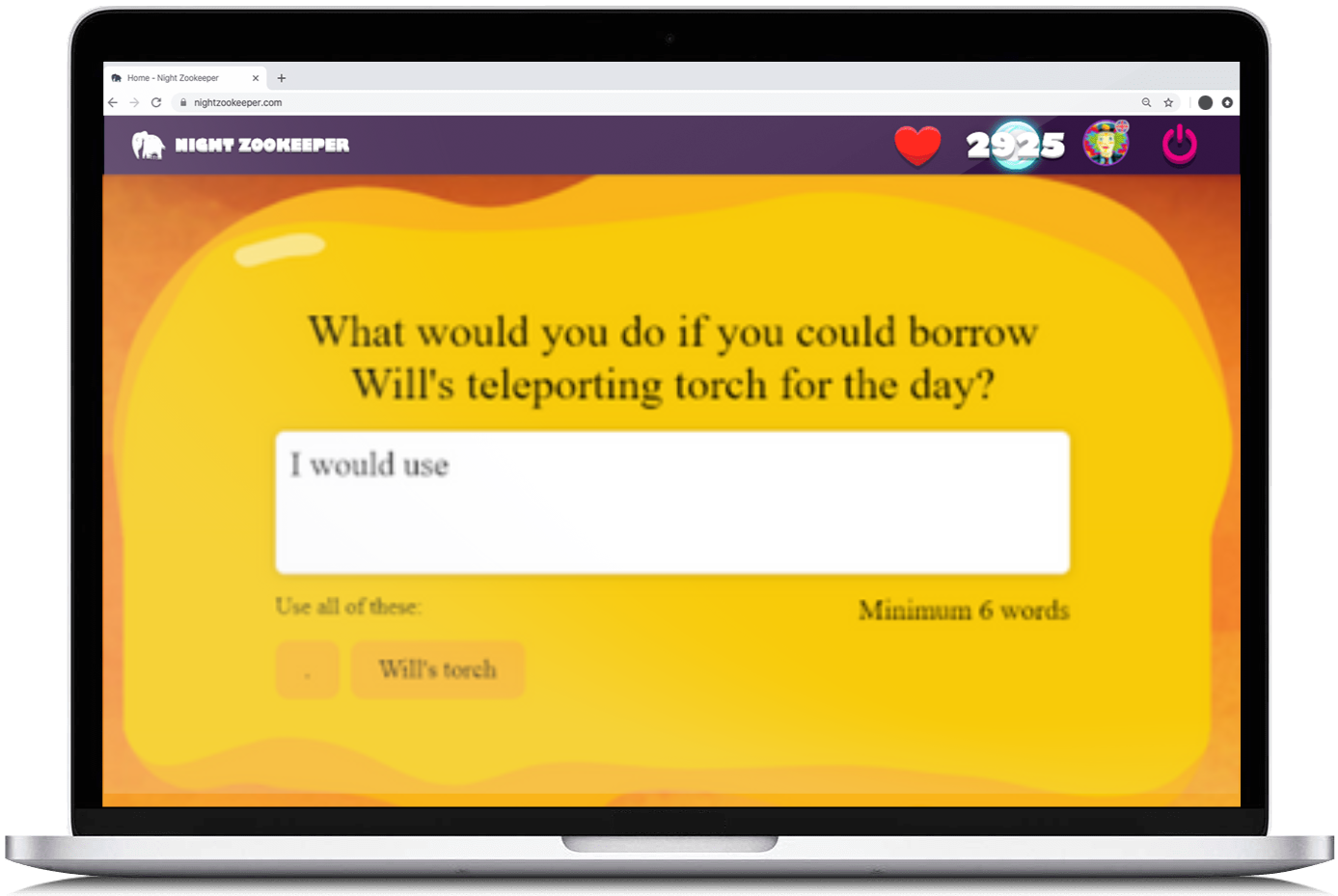
How Night Zookeeper can help

Night Zookeeper is a reading & writing program , created to help learners in Years 1 to 6 improve their literacy skills, with an emphasis on boosting grammar, spelling, and punctuation. It can support you and your child through their learning journey in a variety of ways!
Our award-winning educational content has been developed by experts to make learning fantastically fun for even the most reluctant readers and writers! When it comes to punctuation, our diverse range of activities include:
- Word games to help consolidate your child’s knowledge of topics such as contractions & possessives
- Punctuation lessons covering all the rules your child must know in Year 2
- Printable worksheets & free resources for on-the-go learning
Sign up today to get a FREE 7-day trial!
Related articles
- Punctuation (overview)
- Punctuation Resources
- Primary English Curriculum
- Year 2 Writing
- Year 2 Reading
- Year 2 Spelling
- Year 2 Grammar

Make Reading & Writing Fantastically Fun!
- Award-winning reading & writing program for kids
- Improves spelling, grammar, punctuation & vocabulary
- Over 1,000 different learning games and activities


IMAGES
VIDEO
COMMENTS
Learn how grammar and punctuation is taught in Year 2 and find out how to support your child at home, with lots of fun ideas and free activities.
This homework help guide is perfect for children who are studying year 2 punctuation, with useful examples and activities.
Year 2 KS1 English Punctuation learning resources for adults, children, parents and teachers.
Punctuation Year 2 KS1. Support on punctuation for kids with Super Brainy Beans. Primary homework help with commas, speech marks, apostrophes.
Year 2 Punctuation Activities. Question Mark, Full Stop or Exclamation Mark? Differentiated Worksheet. Instantly access Twinkl's printable and digital K-12 teaching resources, including worksheets, eBooks, games, PowerPoints, Google Slides, and more!
Free Printable Punctuation Worksheets for 2nd Year. Punctuation is essential in Reading & Writing! Discover a collection of free printable worksheets for Year 2 students, designed to help teachers effectively teach punctuation skills.
This homework help guide is perfect for children who are studying year 2 punctuation, with useful examples and activities.
It contains objectives for the end of year 2. Can be used as a worksheet for revision, but as it covers a large area, it is also suitable for assessment. Two pages on topics like spellings, basic punctuation, verbs, possessive apostrophes, plurals, word classes, prefixes/suffixes and contractions.
Explore strategies to support your child's Year 2 punctuation skills development, ensuring they grasp essential language elements effectively.
We have created engaging worksheets, lesson packs and display resources that will help you elevate your Year 2 English lessons. Our resources cover past and present tenses, statements, exclamations, word types, correct punctuation usage, and much more.